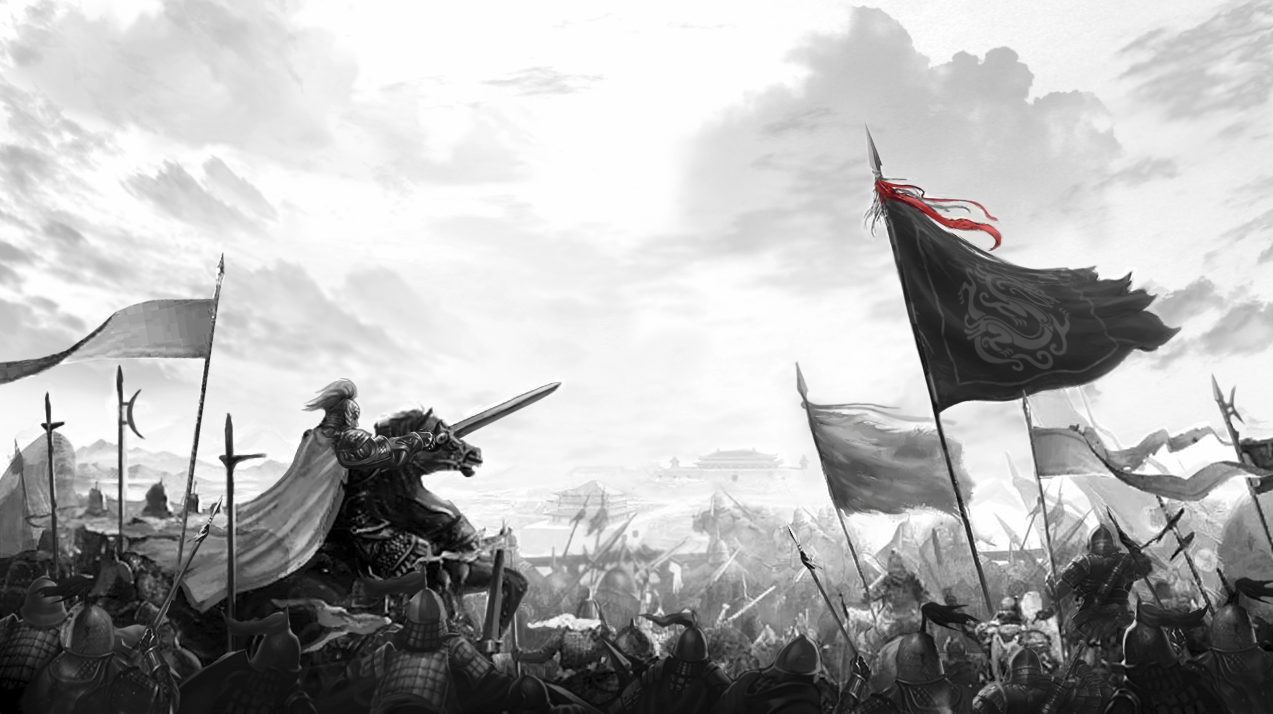Exploring Sandbox Games: Why Open World Games Are Revolutionizing Player Freedom
Sandbox games have emerged as one of the most engaging genres in the gaming world, giving players the freedom to explore vast landscapes, forge their own paths, and create unique experiences. This article dives deep into the world of sandbox games and discusses how they’re changing the landscape of player freedom, particularly in the context of open world games. Let’s get started!
The Rise of Sandbox Games
Over the last decade, sandbox games have exploded in popularity. What started as niche experiences have now become mainstream, with titles like Minecraft and Grand Theft Auto leading the pack. These games allow players to break the mold of linear gameplay, offering a sense of **freedom** that traditional games simply can’t match.
Understanding the Open World Concept
Open world games take sandbox elements further by providing a large, fully accessible game world. Unlike classic games that guide players step-by-step, open world games drop players into an expansive setting where they can choose their own quests, explore various locations, and engage with the environment at their leisure. This fundamental shift has allowed for a more personalized gaming experience.
What Makes Sandbox Games Unique?
- Player-Driven Experiences: Players create their adventures.
- Creative Freedom: From building structures to crafting narratives, the possibilities are endless.
- Community Engagement: Multiplayer sandbox games foster community interaction and collaborative experiences.
The Impact of Player Freedom
With sandbox and open world games, players are not just passive participants; they are active creators. This sense of agency enhances immersion and emotional connection to the game world. Players can set their objectives, be it solving a puzzle or exploring uncharted territories. This kind of freedom doesn’t just please gamers; it empowers them.
Case Studies: Mario Rabbid Kingdom Pipe Puzzle
Even games that aren’t strictly sandbox can incorporate elements of freedom. Take the Mario Rabbid Kingdom Pipe Puzzle for example. While players have specific missions, they have the freedom to approach challenges creatively, deciding which characters to use or which routes to take. This blend mixes the structured mission format with sandbox elements, offering players versatility.
Player Engagement: A New Era
The introduction of sandbox environments has drastically changed player engagement. Instead of being confined to a storyline, players can immerse themselves in side quests, personal narratives, and community challenges. This engagement leads to longer playtime and increased player satisfaction.
Technical Requirements for Sandbox Games
Delta Force Black Hawk Down System Requirements
For gamers looking to dive into titles like Delta Force: Black Hawk Down, knowing the system requirements is crucial. Below are the general requirements to ensure a smooth gameplay experience:
| Component | Minimum Requirements | Recommended Requirements |
|---|---|---|
| OS | Windows 98/ME/2000/XP | Windows 10 |
| Processor | 800 MHz | 1.5 GHz |
| Memory | 256 MB RAM | 512 MB RAM |
| Graphics | 64 MB Video Card | 128 MB Video Card |
| DirectX | DirectX 8.0 or later | DirectX 9.0c or later |
Are Sandbox Games the Future?
With their immense popularity and the creative freedom they provide, it seems that sandbox games are not just a passing trend—they’re the future. As technology improves, so too will the capabilities of sandbox games, allowing for even richer, more immersive experiences.
Community and Multiplayer Elements
Many modern sandbox games also incorporate multiplayer features. This allows players to collaborate, compete, or simply share their experiences with friends or a global community. Games like Rust and Ark: Survival Evolved showcase how community engagement can enhance gameplay. The social element adds another layer of depth to already vast game worlds.
Sandbox Games’ Contribution to Education
Interestingly, sandbox games are also being explored for their educational potential. Games like Minecraft: Education Edition are being implemented in classrooms worldwide. They help teach concepts in a fun and engaging way, proving that gaming can be a legitimate tool for education.
Exploring the Art of Game Design
Game designers must carefully balance freedom and structure. Too much freedom can lead to aimless gameplay, while too much structure can stifle creativity. Successful sandbox games manage to achieve a delicate balance, allowing players to explore and innovate while still providing engaging content to keep them interested.
The Future of Gaming
With ongoing advancements in technology—like virtual reality and AI—sandbox and open world games will continue to evolve. Developers are constantly pushed to create more immersive experiences, blurring the lines between virtual worlds and reality.
A Personal Touch: Why I Love Sandbox Games
As an avid gamer, nothing beats the thrill of discovering something new in a sandbox game. I remember spending countless hours crafting my ideal world in Minecraft, experimenting with various structures and strategies. The freedom to create is exhilarating.
Conclusion
Sandbox games have undoubtedly revolutionized the gaming landscape, providing unprecedented levels of player freedom and engagement. As technology continues to evolve and the gaming community grows, the future of sandbox and open world gaming looks incredibly bright. Will you take the plunge into these expansive worlds?



